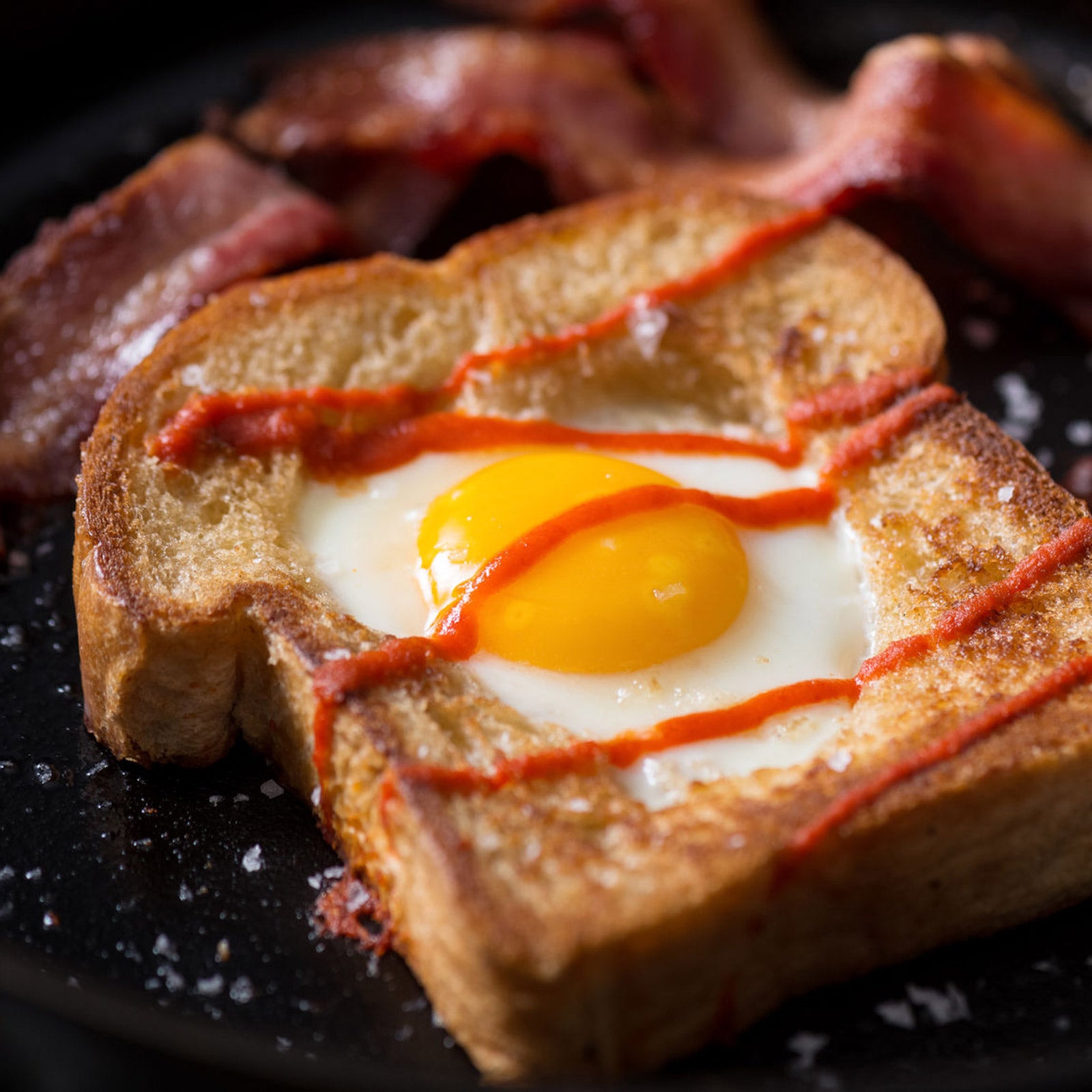Hot sauce is the perfect backpacking condiment. It often doesn't need refrigeration, a┬átiny amount goes a long way, and we have yet to find a dehydrated meal that isnÔÇÖt improved with a dash of it. Getting Tabasco into MRE ingredients was a priority for the U.S. military, as soldiers requested it time and again. Studies show that spicy food even , a useful thing after days of freeze-dried entr├ęes.
Today┬áhot sauce has gone well beyond Tabasco, with new boutique-made batches for sale. ÔÇťItÔÇÖs a lot like craft brewing used to be,ÔÇŁ says Brian Ruhlmann, host of the Craft Hot Sauce podcast and a by the same name. ÔÇťPeople are still welcoming about giving out information and encouraging competition, because it drives everyone forward.ÔÇŁ In 2014, when he started his site, there were a handful of small hot-sauce brands. Now he can barely keep up.
All this is to say that itÔÇÖs time to give the big brands a rest. ThereÔÇÖs so much more ÔÇťtang and funkÔÇŁ out there, which is what a good hot sauce should bring to a dish, says Tatsu Aikawa, the James BeardÔÇônominated┬áchef behind , a restaurant in Austin, Texas.
A great hot sauce isnÔÇÖt that hard to make at home, and weÔÇÖve got AikawaÔÇÖs recipe to help you get started. He douses his breakfast of tamagoyaki (a Japanese-style omelet) and salmon and rice in a good bath of this. In the backcountry, it would be great on eggs or freshly caught trout. If you donÔÇÖt want to make your own, the five hot sauces below his┬árecipe should earn a spot in your pack.
TatsuÔÇÖs Jalape├▒o-Yuzu Hot Sauce
Ingredients
- 2 cups water
- 8 to 10 ounces fresh jalapeños
- 3 garlic cloves, chopped
- 1/3 bunch scallions
- 1 teaspoon black pepper
- 1 teaspoon kosher salt
- 1 cup rice vinegar
- Juice and zest from 2 large yuzus (or substitute Meyer lemons or limes)
Directions
In a saucepan, bring the water, jalape├▒os, garlic, scallions, black pepper, and salt to a boil. Reduce the heat and simmer until the ingredients are soft, approximately 15 to 20 minutes.
Cool down the mix and then pour it into a blender with the vinegar, citrus juice, and zest. Puree until smooth and add additional salt to taste. Let the hot sauce marinate in the fridge for at least a week before using.
YamajirushiÔÇÖs Yuzu-it ($15)
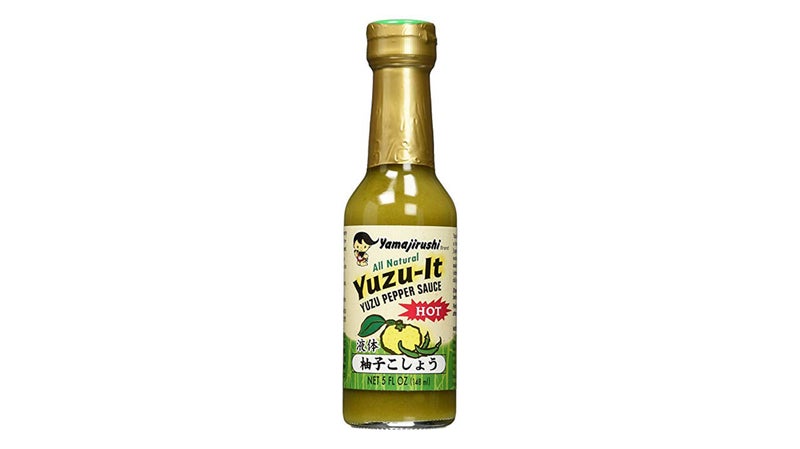
┬áis AikawaÔÇÖs pick for a great store-bought hot sauce. ItÔÇÖs a lot like his homemade sauce, but without the work of making it. Crafted┬áwith sweet-tart┬áyuzu and hot chilies, itÔÇÖs got a zingy citrus profile and a good slow burn.┬á
Silagy SauceÔÇÖs SmokinÔÇÖ Habanero Sauce┬á($8.50)
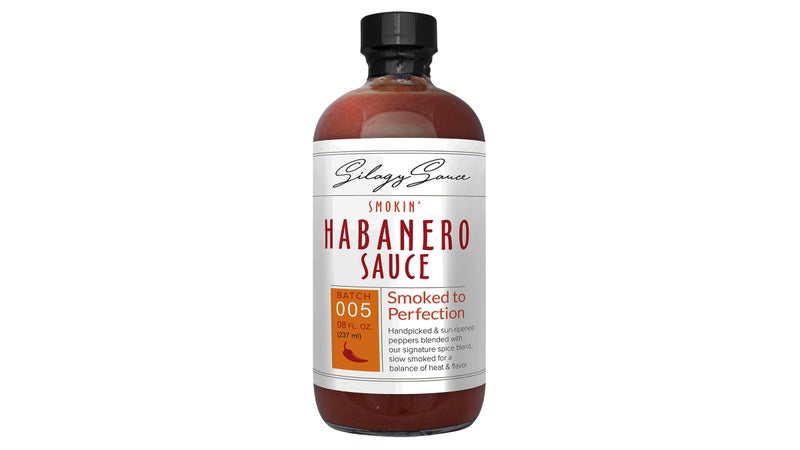
This is one of Brian RuhlmannÔÇÖs favorite picks. The Washington StateÔÇôbased hot-sauce company delicately smokes its habaneros before blending them with cilantro and lime juice. is bright and fruity but also smoky and just a bit sinister. Because thereÔÇÖs a lot going on in this sauce, itÔÇÖs perfect for topping something simple┬álike scrambled eggs.
Hoss SossÔÇÖs Bi-Bim┬á($8)
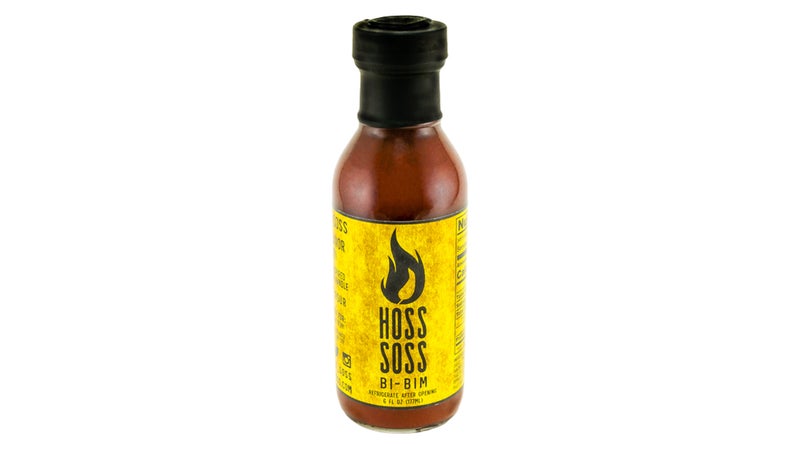
Your sad bowl of instant ramen is not going to see this coming. Jammed full of all the flavors we love in Korean foodÔÇönutty sesame oil, salty fish sauce, and sour lime juiceÔÇöthis sauce gets its kick from red Korean chilies. Crafted by folks in Salem, Oregon, Hoss Soss has a cult following of its two flavors, and once you try the , youÔÇÖll be back on the companyÔÇÖs website, ordering a few bottles of its guajillo-pepper offering.┬á
Karma SauceÔÇÖs Extreme Karma Sauce ($12)
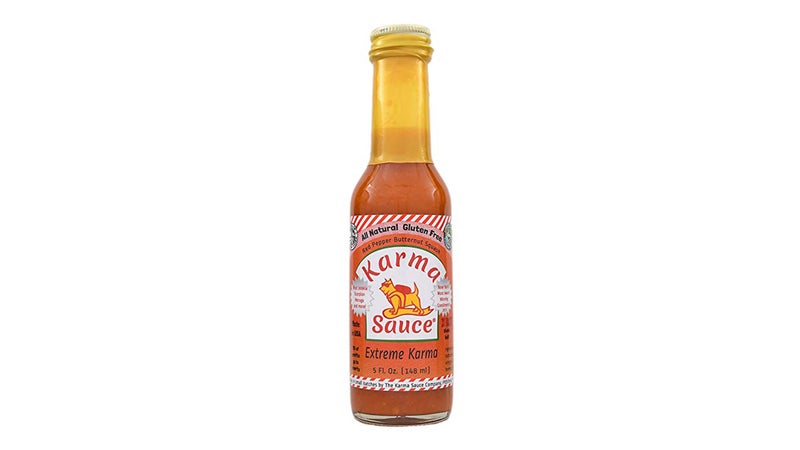
This is another Ruhlmann favorite. With a butternut squash base,┬á┬áhas a background sweetness┬áthat makes it unique. Blazing Bhut Jolokia and Trinidad Moruga Scorpion┬ápeppers, grown on the companyÔÇÖs family farm in upstate New York, add enough heat to break you out in a sweat. ItÔÇÖs awesome on everything from pizza to deviled eggs to that dehydrated-chicken-pot-pie meal you just reheated.
Baby ClydesdaleÔÇÖs Carrot, Habanero, and Ginger Sauce┬á($10)
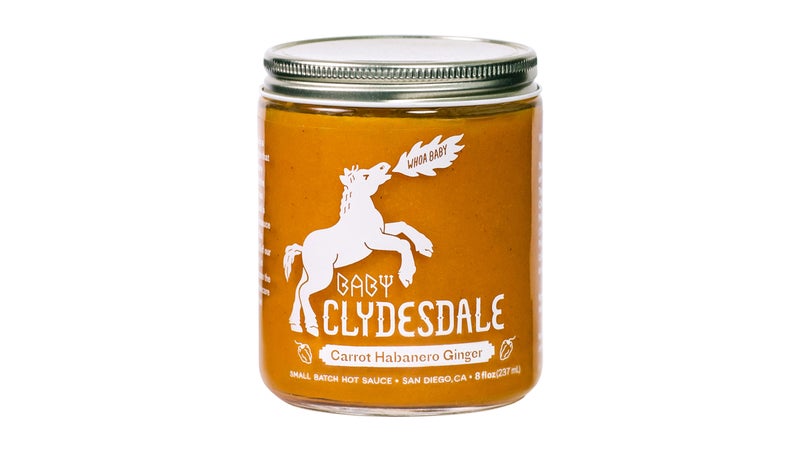
Locals are obsessed with San Diego-based Baby ClydesdaleÔÇÖs sauces, which are all made with whole-food ingredients. The booths the company sets up at farmersÔÇÖ┬ámarkets often sell clean out. Now┬áitÔÇÖs time the rest of the country knew about the brand, too. ┬áis a particular favorite of Top Chef contestant┬áBrian Malarkey, a chef and partner of in San Diego, which has repeatedly been picked as one of the best restaurants in the city. ÔÇťIn most habanero sauces, the intensity of the pepper blows out your taste buds,ÔÇŁ he says. ÔÇťBaby ClydesdaleÔÇÖs habanero variety strikes that proper balance between the heat and ever-so-subtle fruit profile of the pepper that makes it intriguing and fun for your palate.ÔÇŁ He loves it on ember-roasted corn or a skillet-cooked sweet-potato hash.


